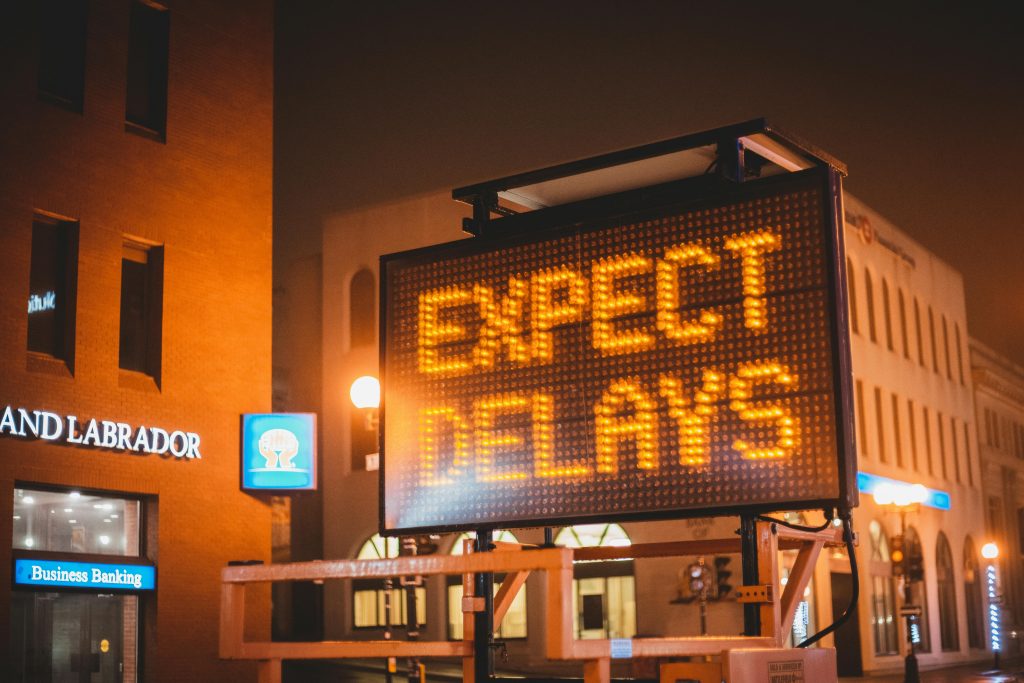What to do when faced with delays and problems in the supply chain? The high volatility in purchase delivery forces decision-makers to adapt their supply chain strategies. Managers have fundamentally four options to respond.

These four critical approaches are:
1) Increase inventory from just-in-time to just-in-case
2) Find a second (or third) source of supply
3) Reshore production to the US or to regional suppliers
4) Leverage modern supply chain planning & execution
Even so that there are not many immediate alternatives to these actions, each of them has some plusses and minuses.
While building additional stock improves the availability for some products – not for all products – the investment in more inventory has a detrimental effect on margins and cash-flow. The good part is that this action can be implemented fast. However, problems of long value chains and slow lead times will keep hindering the timely delivery of products to customers.
Secondary sourcing is another supply strategy but it takes more time. This approach does not always work due to customized products or supplier relationships that make it too expensive (e.g. second setup, molding tools, training), infeasible due to product characteristics (e.g. unique designs, patent sharing) or impossible because of contractual obligations.
Longer term it makes sense to bring back some production to the US or to regional suppliers. However, this takes a lot more time if there is not any or enough production available at affordable costs at this time. This is just one reason more to id such products and start immediately for the highest priority items.
Overall, these strategies are first responses. What’s missing is a more thorough understanding of the root causes of the disruptions. These reasons stem from many sources that are mostly not well visible, understood, or engaged with.
This triggers the 4th strategy of building a modern supply chain planning and execution capability consisting of three main pillars:
_ Master data quality management
_ End-to-end (e2e) supply chain visibility
_ What-if and scenario planning
Using up-to-date data from the overall supply chain in real time allows to plan with scenarios various options. This permits the optimization of cost and profit across the value chain, from suppliers through production to distribution.
This proactive strategy puts up a solid defense for future supply chain disruptions and delivers improved profitability, customer service and cash-flow.
